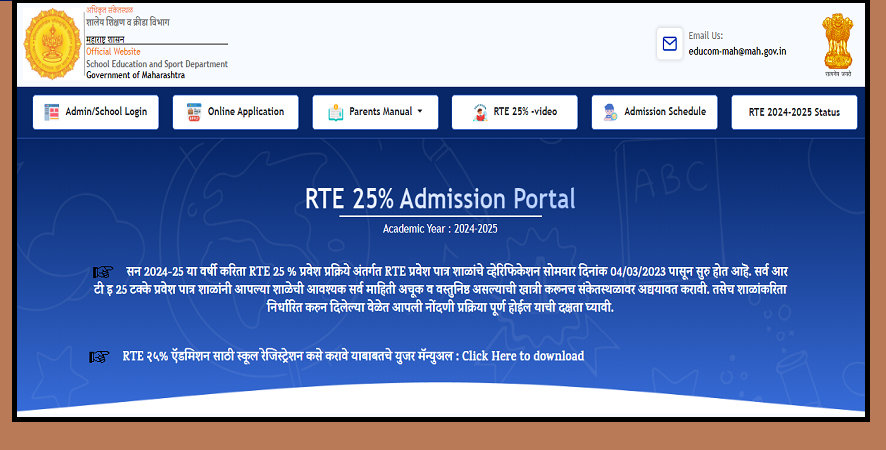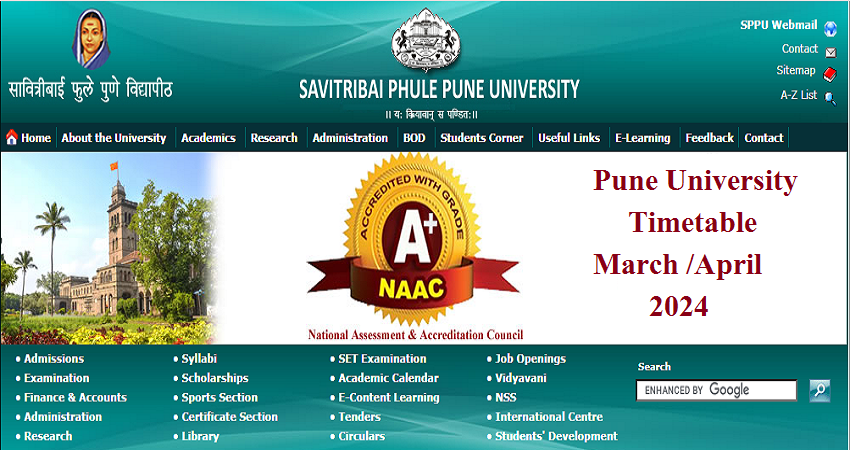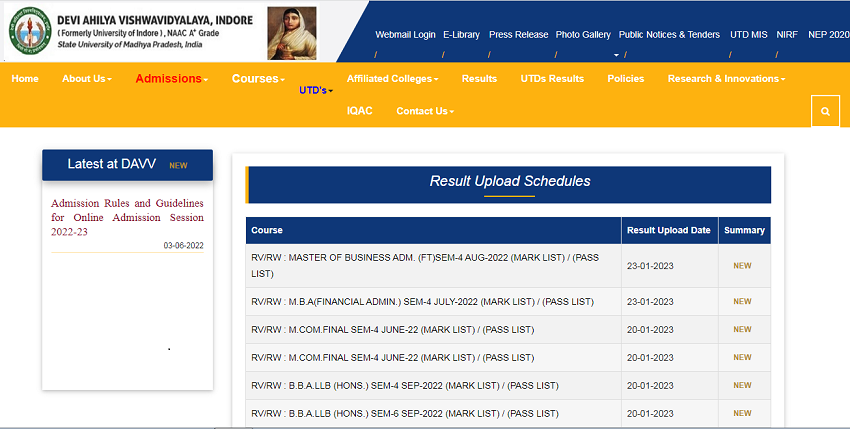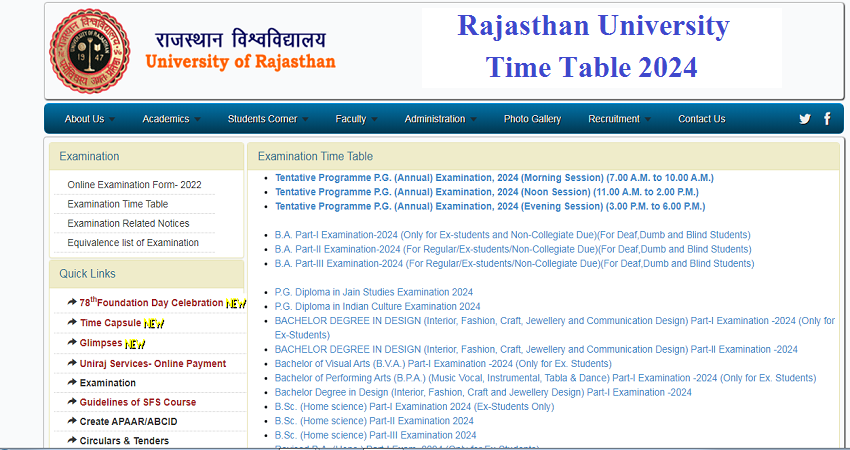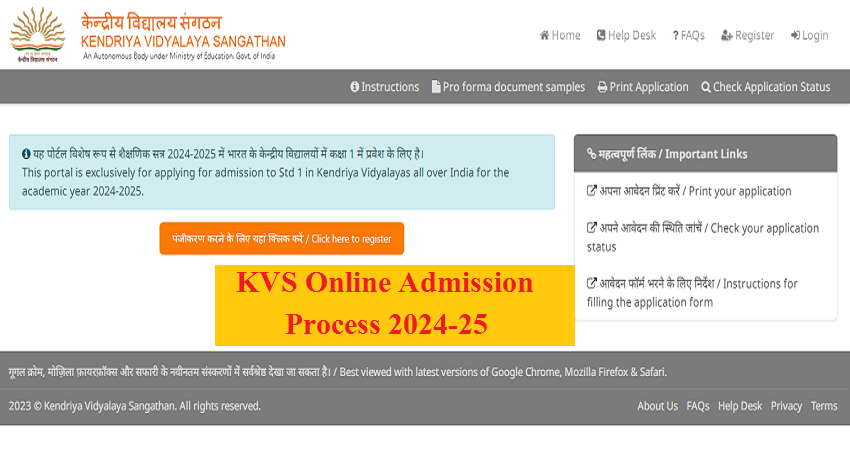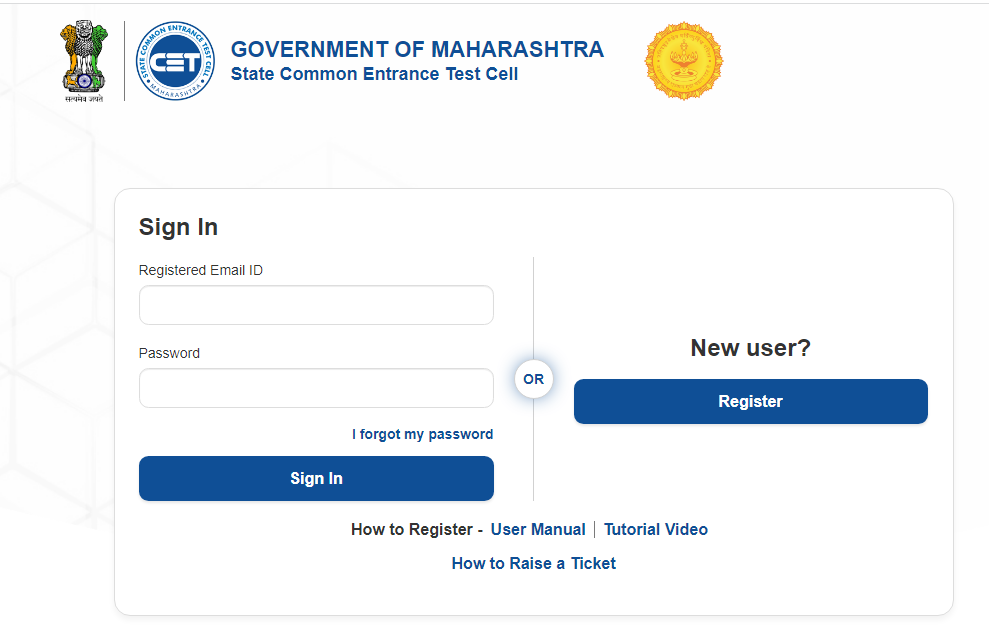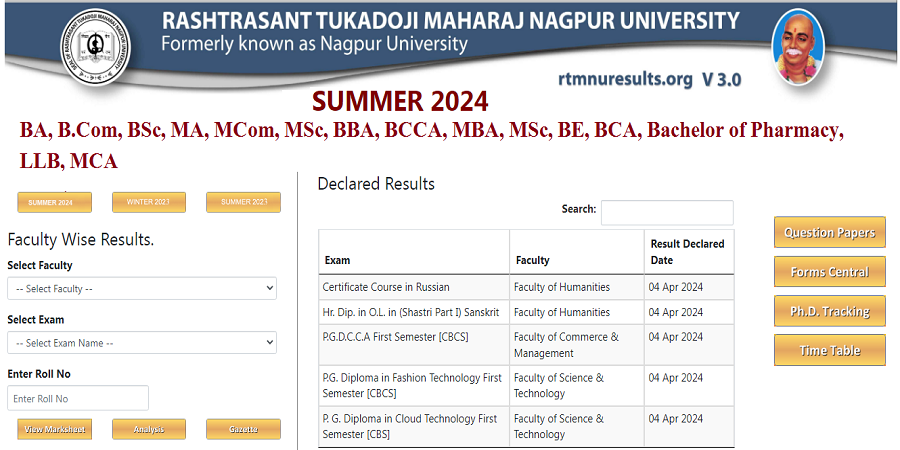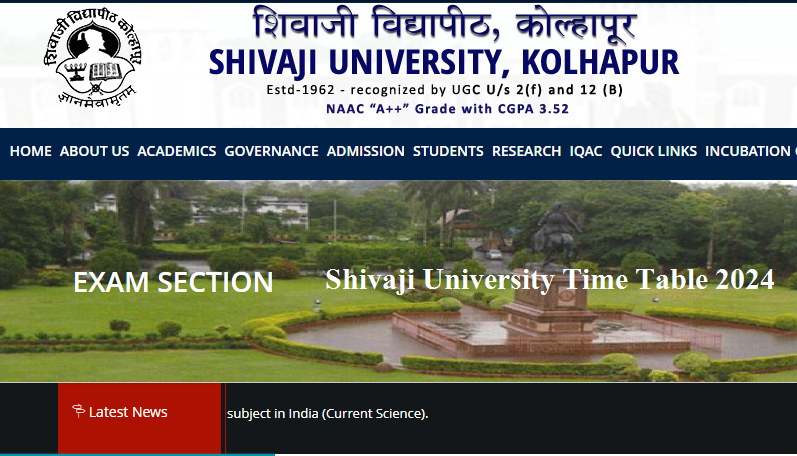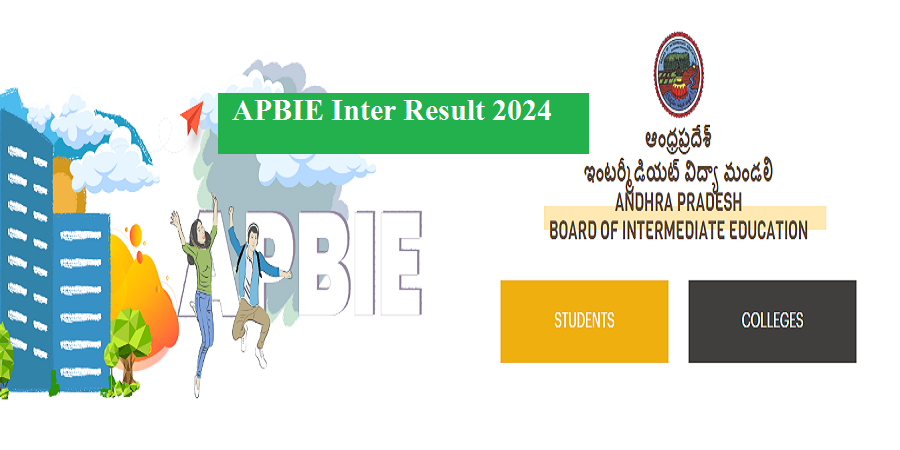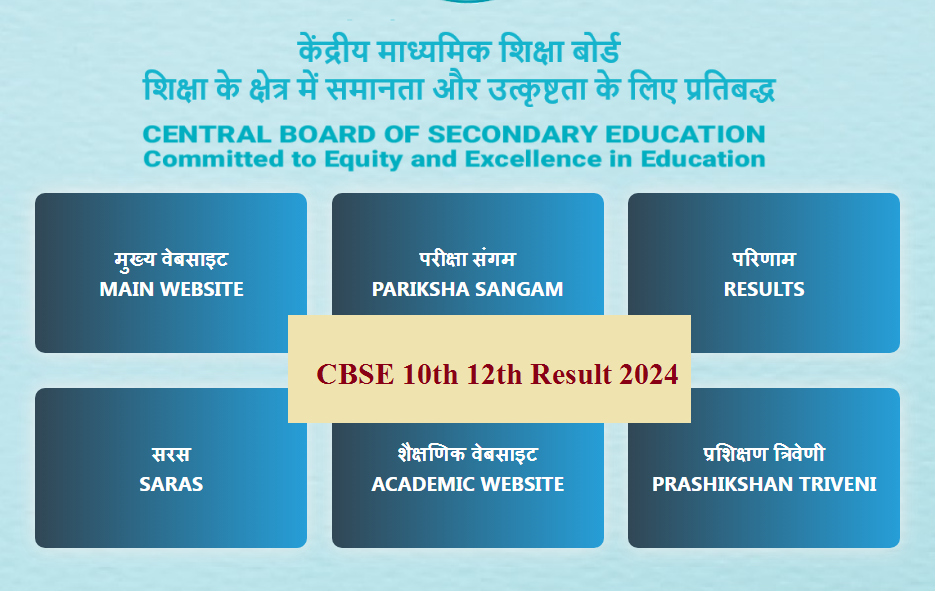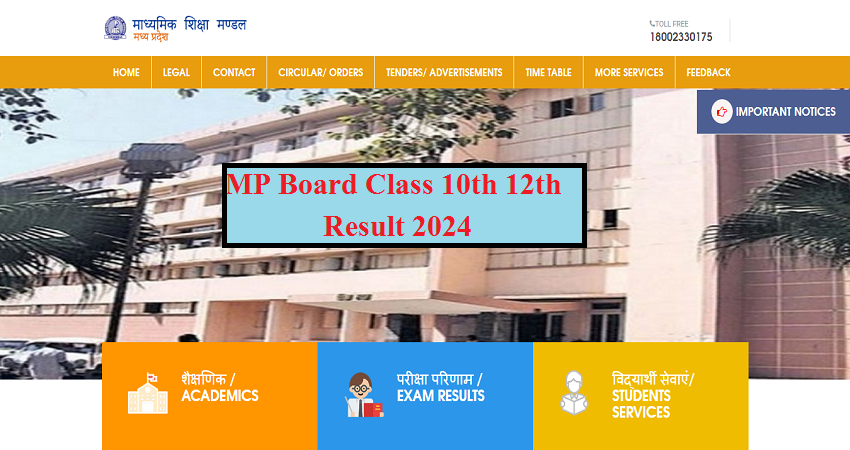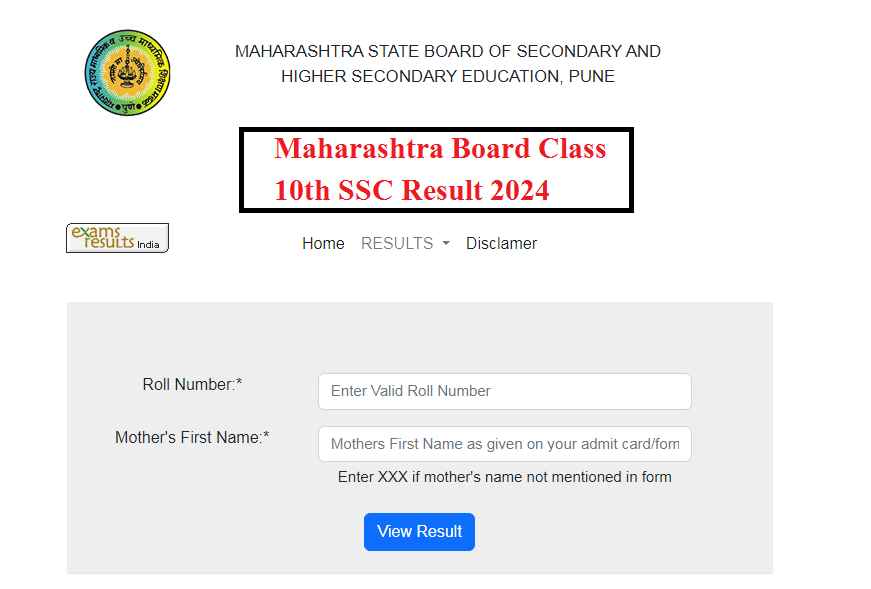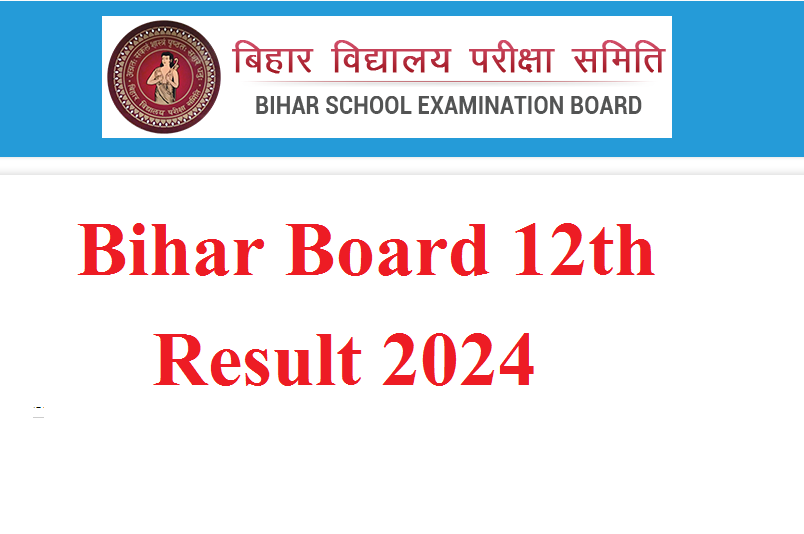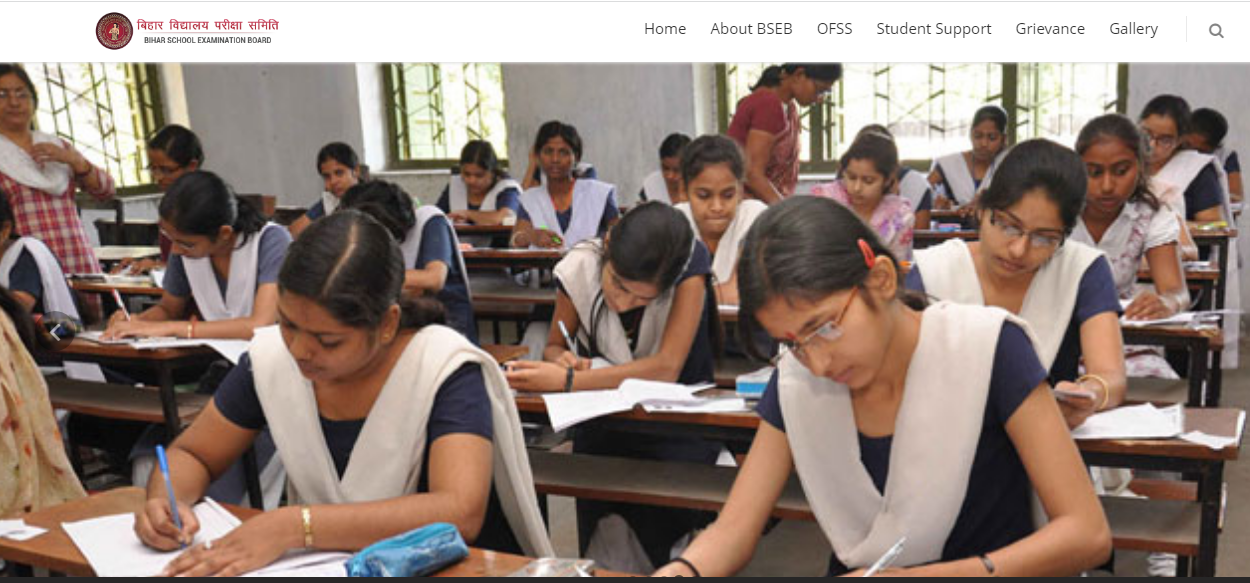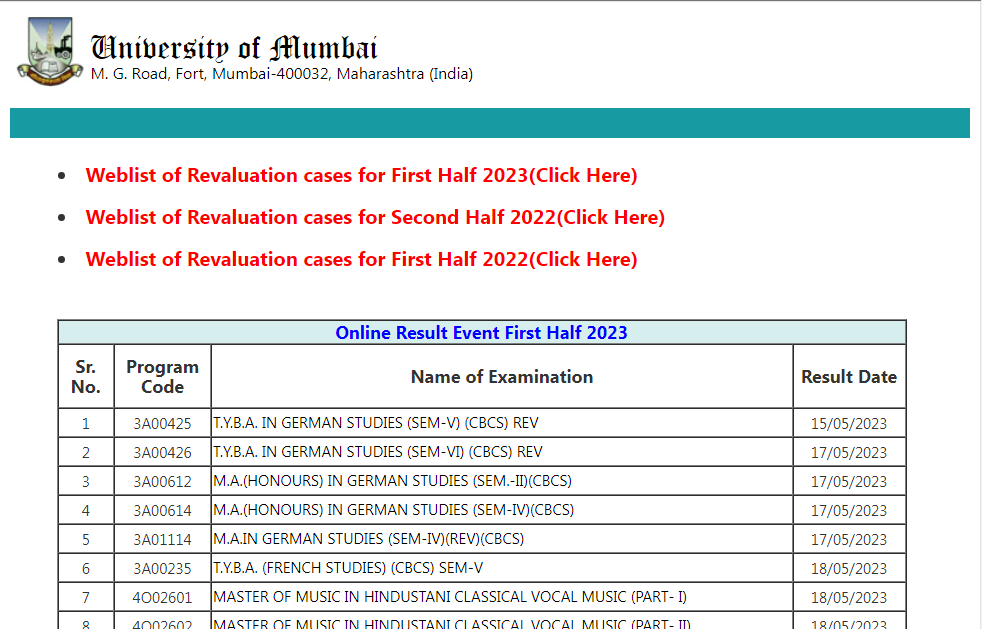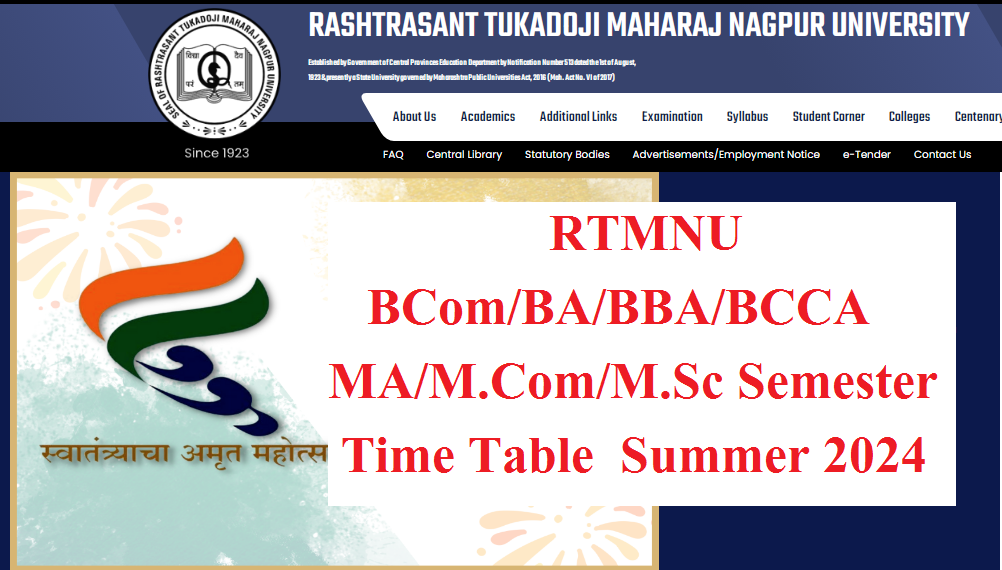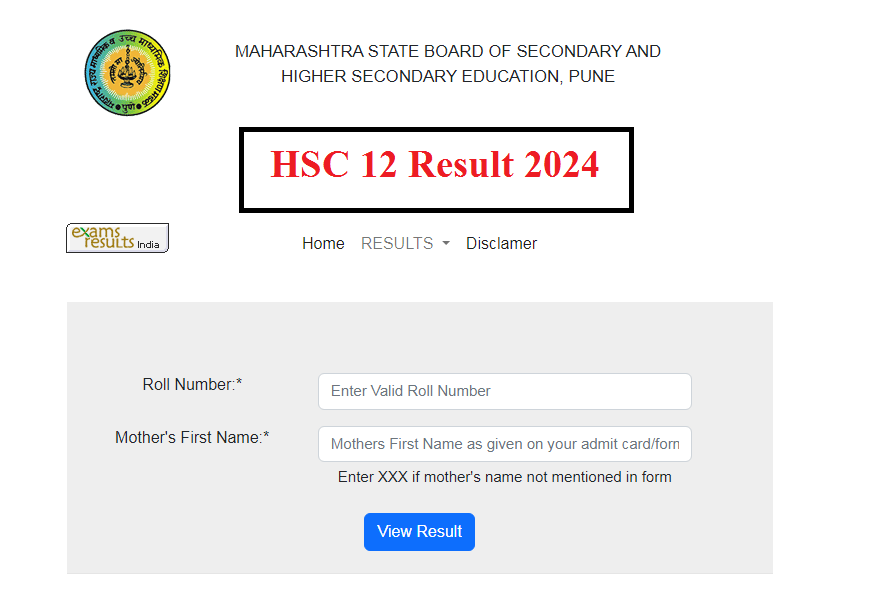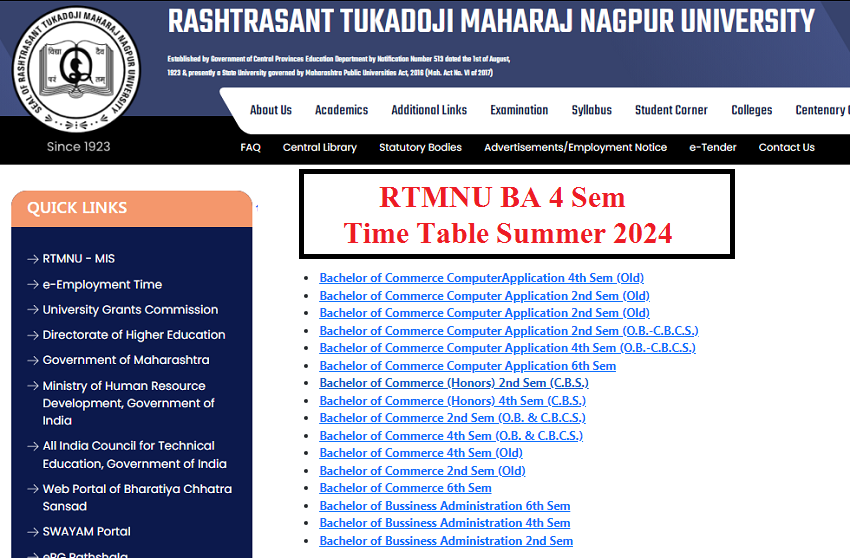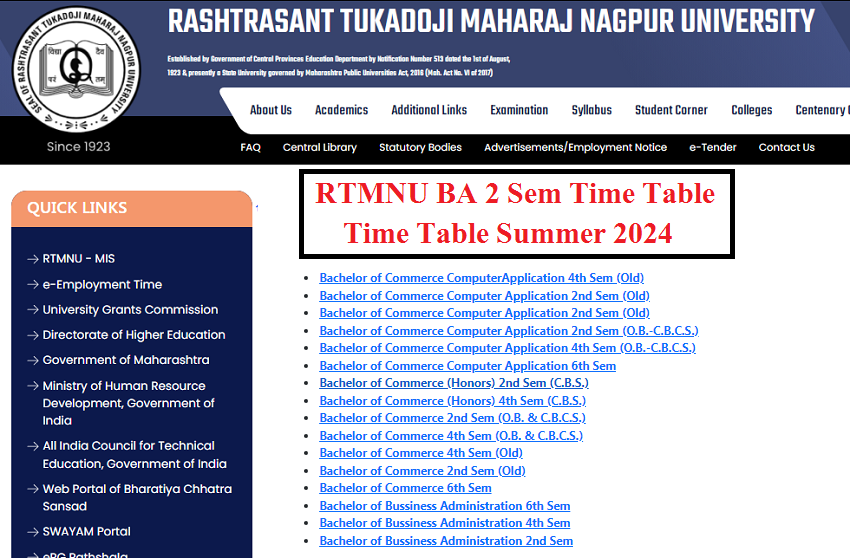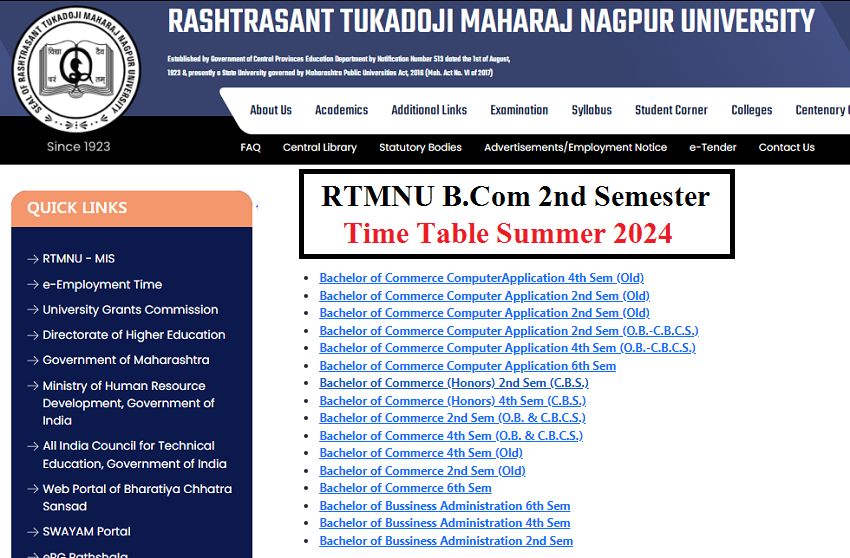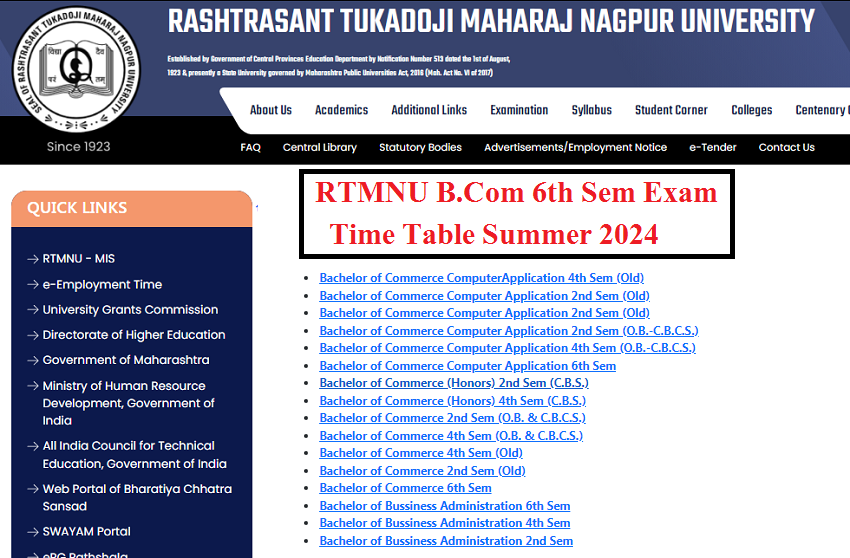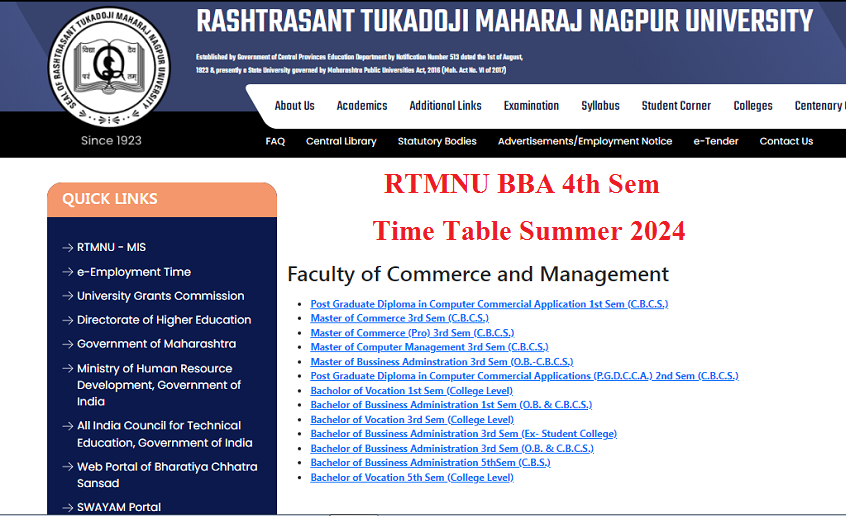RTMNU Revised B.Arch Sem 2 Syllabus 2021
RTMNU Revised B.Arch Sem 2 Syllabus 2021
RTMNU Revised B.Arch Sem 2 Syllabus 2021 | Nagpur University B.Arch Syllabus Part 1| RTMNU First Year B.Arch Syllabus
Nagpur University New Syllabus 2021 is available for Downloading. The latest RTMNU Revised B.Arch Sem 2 Syllabus 2021 is published by Nagpur University. The students looking for this syllabus can Download the PDF Syllabus from given respective Links. We keep adding More details about this Syllabus on this page. We given below the Details updated new syllabus. Students of RTMNU are requested to go though the detail syllabus. You can also download the PDF of syllabus from given link. For More updates keep visiting us.
RTM Nagpur University Revised B.Arch Sem 2 Syllabus 2021 -RTM Nagpur University B.Arch Second Semester New Revised Syllabus is given below for Downloading. The students can Download the respective Syllabus from following given details. Just go through the given links & read the given syllabus carefully. Nagpur University First Year New Semester Online Detail syllabus given below.
RTMNU Revised B.Arch Sem 2 Syllabus 2021
Architectural Design II
Objectives: The objective is to develop understanding of various concepts of design evolution, understand human interface with various furniture, objects, leading to design of simple built spaces.
1. Principles of Design:
Basic principles of spatial organization, symbiosis of form and function, concept generation, convergent & divergent thinking in design.
2. Furniture & Facilitation:
Need of furniture as an aid to enhance activities, study of various furniture in isolation and in combination.
3. Climate & Design:
Orientation, climatic coordination and architectural elements like chajjas, fins, fenestration etc.
Sessional Work:
Assignments on each unit with presentation, lecture and site visits. Design of simple familiar activity spaces like residence, school, canteen etc. Small modules of short design projects based on above mentioned topics.
References:
Ching Francis D. K., Form Space and Order.
Peter Streens, Patterns in Nature.
John R. Mather -Climatology: Fundamentals and Application.
Allied Design Studio II
Objectives:Developing skills in manual presentation techniques, use of various media of presentation, Principles of 2-D & 3-D compositions, Principles of Design.
Theory of Basic Design: To understand the visual & aesthetic qualities of design and relating these to Architectural Design situations.
Unit I: Brief historical review of development of Design and its interdependency.
Unit II: Introduction to basic elements of design. Study of shapes and its composition, study of volumes, effects of colour and texture on composition.
Unit III: Analysis of simple objects of daily use, in terms of material, interface, graphics, colour, texture, functionality etc.
Sessional Work – Plates, Sketches and models to understand basic principles Design and Analysis of Product.
RTMNU Revised B.Arch Sem 2 Syllabus 2021
Building Construction and Materials II
Objectives:
1. To understand the basic building elements, their function and behavior under various conditions with specific reference to timber construction.
2. To help students to develop a clear understanding of basic principles of construction and materials suitable for load bearing construction & Concept of span.
Unit I:
TIMBER Seasoning, its necessity and various methods, (Market survey to learn various types available, their sizing and costing and application in construction of building elements and furniture). Types of timber joinery – principles and design considerations, their application in construction of various elements, items of building construction and in design of furniture.
Unit II:
A) Wooden Doors – Design criteria and principles. types and Standard Terminologies. Design and detailed drawing work for Single leaf fully paneled doors, Single leaf partly paneled partly glazed doors, Double leaf fully paneled doors; with important joinery details.
B) Wooden Windows – Design criteria and principles. Types and Standard Terminologies. Design and detailed drawing work for Fully Glazed windows with mullion(s) and with Transom. Sash Windows, Centrally pivoted window, Top Hung Window, Louvered Window, with adequate number of important joinery details Study of various fixtures, fittings, fastenings for doors and windows.
Unit III:
Concept of Span and its application in providing / making openings in Masonry walls. Lintels its definition, purpose, basic Terminology, load considerations. Lintel Types such as stones, bricks, wood, steel, R.C.C., Rein. brick
with their design criteria and considerations. Arches: Definition, purpose / function. Standard Terminologies. Load considerations. Comprehensive study of classification and types of arches. Centering for arches.
Unit IV:
Foundation, Basic design considerations. Simple foundations for load bearing walls in stone and brick masonry. Timbering to trenches for various types of soil.
References:
„Building Construction‟ by Mackay W. B., Vol. 1 – 4
„Building Construction‟ by Barry, Vol. 1 – 5
„Construction Technology‟ by Chudley, Vol. 1 – 6
„Building construction Illustrated‟ by Ching Francis D. K.
„Elementary Building Construction‟ by Michell
RTMNU Revised B.Arch Sem 2 Syllabus 2021
Architectural Graphics II
Objectives:To enable the students to understand and express Composite three-Dimensional objects and buildings formed by additive and interpenetrated solids using various graphical projection systems including sections.
To enable the students to understand the technique of graphical documentation of a built structure / environment through measured drawing/s.
Unit I: Solid Geometry
Understanding and drawing of composite and complex three dimensional objects formed by additions and/or interpenetration of various objects in various planes. Orthographic projections of true shapes of sectional planes.
Linking of complex three dimensional forms to complex building forms / Building elements through Sectional Planes and Interpenetration of objects.
Unit II: Surface Development of Solids
Surface Development of various simple and complex three dimensional objects.
Unit III: Measured Drawing (Sessional Work)
Measured drawing (Plan/Section/s&Elevation/s), drawn to appropriate scale, of a simple two storied building including a stairway and toilet. Inclusion of basic Area statement to be done.
Sessional work: Plates, sketches, models & tests.
References
Ching Francis D.K.: Architectural Graphics.
Kelsey W. E.: Geometrical & Building Drawing.
H. Joseph and Morris: Practical plane and solid geometry.
RTMNU Revised B.Arch Sem 2 Syllabus 2021
Structural Design & Systems II
Objectives: To make students familiar with the basic theorems and mechanical properties of engineering materials, elastic constants, different types of stresses and strains. It also delivers the basic principles of structural mechanics & how Bending moments and Shear force diagrams are used to analyze simple structural behavor.
Unit I : Overview of the Structural System in Architecture.
Study of Types of Slabs (One way& Two way, Grid Slab), Study of suspension structure,
With suitable examples from historical and contemporary architecture.
Unit II: Mechanical properties of building materials
Simple stresses and strains : Concept and application – Definition and study of stresses & strains, Hooke‟s law. Principle of superimposition.
Unit III: Thermal stresses an strains
Concept and application. (For simple sections only
Unit IV: Elastic Constants:
Definitions , Poisson‟s ratio, Bulk Modulus, Modulus of elasticity, Modulus of rigidity.
Unit V: BM and SF Diagrams
Simply supported & Cantilever beams ( Subjected to Point load & UDL)
Sessional work: Sketches/ Notes/ Tutorials & Presentations
Desirable: Site visits to develop better understanding of above.
To prepare relevant study models on above,
Laboratory exposure wherever possible.
References :
Ramamrutham, S. : Narayanan, R.(2008). Strength Of Material . New Delhi: Dhanpat Rai Publications Ltd.
• Rajput, R.K.(2012). Strength Of Material (Mechanics And Solids) S.I. Units. New Delhi: S. Chand And Co Ltd.
• Khurmi, R. S.(2006). A Textbook of Strength of Material (SI Units). New Delhi: S.Chand And Co Ltd
• Bansal, R. K.(2011). A Textbook of Strength of Materials (SI Units). New Delhi: Laxmi Publications (P) .
• Shah, H.J. ;Junnarkar, S.B.(2016). Mechanics of Structures Vol. I (Strength of Materials).:Charotar Publishing House Pvt. Ltd.
RTMNU Revised B.Arch Sem 2 Syllabus 2021
History of Architecture I
Objectives: To develop the appropriate skills of interpreting the increasing complex structure in a society based on the socio-political, cultural factors and the resultant settlement pattern and architecture. To analyze and synthesize architecture of an era based on climate and available building materials construction techniques, climate etc. and spatial configurations derived from it.
UNIT I:
Early Greek Architecture- Minoan and Mycenaean, The impact of the context, culture and society on art and architecture during Hellenic and Hellenistic period- Greek Temples, Orders, and public spaces.
UNIT II: Roman Architectural style.
The impact of the context, culture and society on art, architecture and construction techniques developed during Roman period. Forum, Temples, Basillicas, Comitiums, Curia, Arches, Thermae, stadia, circus.
UNIT III: Byzantine and Early Christian Architecture:
Fall of Rome. The impact of the context, culture and society on art, architecture and construction techniques
developed during this period.
UNIT IV: Gothic, Romanesque and Renaissance:
The impact of the context, culture and society on art, architecture during Gothic, Romanesque and Renaissance period through comparative study.
UNIT V: Industrial Revolution
The Social, economic and political changes effected, new requirements of the society, new materials and technological developments.
School of thoughts – works of Louis Sullivan, Early Industrial buildings, Contributions of Bauhaus, De Stijl movement, Italian Futurism, Art Noueavau movement and Arts and Crafts Movement to Modern Architecture.
Eg: Wain Wright Building, St Louis, Guaranty Building, Buffalo, Crystal Palace, London. Bauhaus school at Dessau, Schroder house by Rietveld, Casa Mila, Casa Batlo, Sagrada Familia, Tassel House, Brussels, Paris Metro Station entrance, Red house, Kent.
Exercises: Design of exercises to understand, analyze, interpret, synthesize the study of historical structures to develop understanding of architecture
Test: One at midterm and one at end of term to be conducted at institute level. The questions asked in such tests should promote the above mentioned 5 heads of critical thinking and discourage only factual reproduction.
The questions should be framed with least emphasis on factual reproduction.
References
History of Architecture by Sir Bannister Fletcher.
History of Architecture by Spiro Kostof.
RTMNU Revised B.Arch Sem 2 Syllabus 2021
Computer Application II
Unit I: Sketch up or equivalent software – Basics of sketch up or equivalent software to strengthen the visualization of third dimension and vice versa. Commands for basic solids, 3d composition and interpenetration of solids. Commands for creating various building elements
Unit II: Sketch up or equivalent software – Advanced commands of sketch up for massing, 3d models of buildings, topography, shadow formation study etc.
Workshop II
Objective: Developing understanding of various material and efficiency in technique.
Finishing Surfaces: Understanding various surface finishing techniques and processes received by different material like wood, steel, aluminum, stone etc.
Paints and Polish: Surface preparation, use of sand paper, application of putty, application of base coat, middle coat and final coat, understanding oil paints, deco-paints, acrylic paints etc.
Study of various application techniques like brush, pads, scalpel, spray paints, working on highlights for painting.
Design and executing prototype of simple objects like pen stand, projected stand, lamp shades, paper tray, CD stand, knife holder, kitchen accessories and finishing of selected material.
Evaluation shall be done on following heads:
Simplicity, honesty of material, concept, translation of concept, detailing, workmanship and expression.
Sessional Work: Model Making of identified architectural projects.
Elective II
Art in Architecture/ Graphic Designing/ Fundamentals of Painting/
Fundamentals of Sculpture/ Architectural Photography/
Institutional Project 2
Note: Following are the suggestive contents; institutes have freedom to formulate the
content as per their school of thought
Art in Architecture
Key Words: Visual perception, Art and Design, space, Theories, Architecture.
Objectives:
Broad overview of Art and Design.
Enabling students to understand visual awareness.
Understanding of Design as a Multidimensional creative Art.
Sub Topics:
1. Art and Design- A historical perspective.
2. Expression of Art and Design.
3. Relations in Art, Design and Architecture.
4. Introduction to theories.
Sessional Work:
Plates, Assignments , workshops.
References :
Cantanese, A. J. and Snyder,
J. C. (1988). Introduction to Architecture. Ching, F. D. K.,
Jarzombek, Heidegger,
M. (1993). The origin of the work of Art-Basic writings. Vitruvius,
Translation: Morris, H. M. (1960)
Graphic Designing
Key Words: Graphics, visual communication, composition’
Objectives: To enhance the graphic design abilities among the students.
Sub Topics:
1. Introduction to history of Graphic Design
2. Visual perception theory
3. Principle of Compositions – Colour Theory – Type Design and Typography
(Layouts / Format / Calligraphy).
4. Environmental Graphics (Signage / Logo / enhancing the built environment).5. Lateral thinking for exploration of designing Ideas.
Sessional Work: Assignments, Plates, Workshop
References:
Webb, Frank, “The Artist guide to Composition”, David & Charles, U.K., 1994.
Ching Francis, “Drawing a Creative Process”, Van Nostrand Reinhold, New
York, 1990.
Alan Swann, “Graphic Design School”, Harper Collins, 1991.
Fundamentals of Painting
Key Words: Visual arts , expression, creativity
Objectives:
• Develop the technical skills and the ability to organize the visual elements
necessary to communicate concepts and experiences across various media.
• To translate concepts into visual composition.
Sub Topics:
1. Introduction to basic elements of painting.
2. Various use of colors.
3. Exploring different ways of paintings on different medium.
4. Exploring colors, light, transparency and composition.
Sessional Work: Assignments, Workshop, Plates
References :
Painting Fundamentals: Fine Art Lesson by V. Hadady
Fundamentals of Drawing and Painting by Richard Taylor
Fundamentals of Sculpture
Key Words: visual arts , expression, creativity
Objectives: To Develop the Visual skills by examining a sculpture’s formal and
sensory qualities (i.e. line, color, form, texture, etc.) and analyzing how the elements
(i.e. scale, balance, rhythm, proportion, etc.) are organized.
Sub Topics:
1. History of Art
2. Aesthetics
3. Drawing from full life
4. Modelling from Life (Study of Human Head in Clay)
5. Sculptural Design (Modeling & Carving)
Sessional Work: Assignments, Studios, Workshop
References:
• Imagination and the Imaginary Hardcover, Kathleen Lennon.
• Dynamics of Architectural Form.
• Experiencing Architecture 2e, Rasmussen.
Architectural Photography
Key Words: Color, lighting, visual angle, frames
Objectives: Develop the skills of visual Composition, People & nature, Lighting & color and Understand the mechanics of imaging.
Sub Topics:
1. Introduction to photography
2. Photographic techniques.
3. Post processing photo.
Sessional Work: Assignments, Studios, Workshop
References :
• Fundamentals of Photography: The Essential Handbook for Both Digital and Film Cameras.
Architectural Photography: Composition, Capture, and Digital Image Processing, Adrian Schulz.
• Balthazar Korab: Architect of Photography, John Comazz.
• Architectural Photography the Digital Way, Gerry Kopelow.
Institutional Project 2
Institutional project aims at encouraging institutions to explore different areas.
Institution would have freedom to explore into multidisciplinary activities which would
explore into other creative discipline and multidisciplinary activities.
This would help student of architecture to have insight into different spectrums of
people, place, culture, society, technology etc.
Institution has entire freedom to detail out the assignments to be conducted under
this elective.


